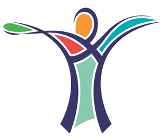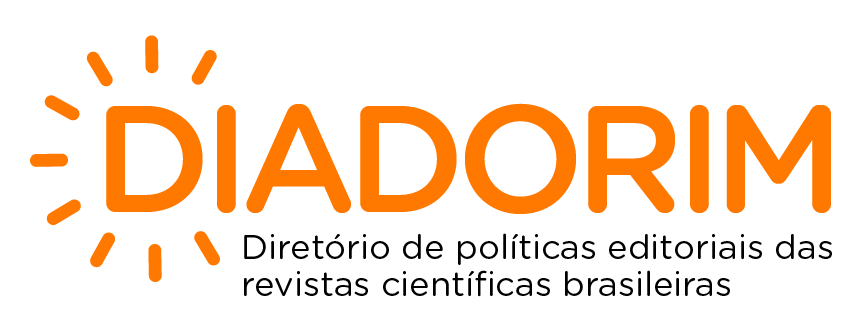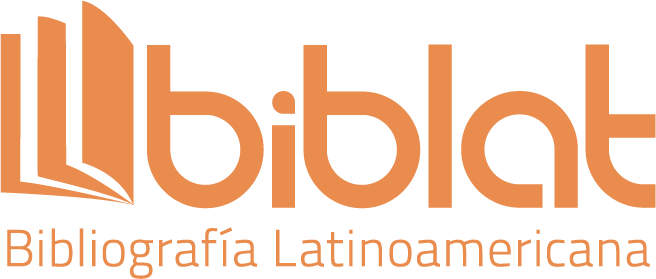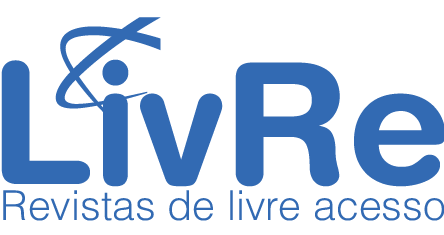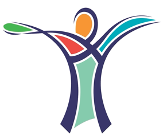Biomechanics Olympic Games: did it improve learning or just the final grades in the past 9 years?
Biomechanics Olympic Games
DOI:
https://doi.org/10.20338/bjmb.v16i1.264Keywords:
Education, Teaching, Biomechanics, Kinesiology, PedagogicalAbstract
BACKGROUND: The Biomechanics Olympic Games (BOG) is a teaching method (see Carpes et al., Adv Physiol Educ. 2017;41(3):436-440) to facilitate biomechanics education. It has been conducted over the past 9 years and replicated in other universities, successfully reducing failing grades.
AIM: Therefore, a recurrent question is whether the BOG reduces failing grades by raising the physical education and physiotherapy students' final scores or favors improving education.
METHOD: To address this question, we considered retrospective data from two biomechanics courses for 9 years and analyzed their final grades considering or not including BOG scores in calculating final grades.
RESULTS: The score attributed to BOG did not determine the success rate because most class grades were enough to approve, regardless of BOG scores. In this sense, the BOG played the role of facilitator in the teaching-learning processes in biomechanics. We found that enrollment with BOG activities increased the average scores in the classroom by ~7% and reduced variability by ~3% compared to final grades without considering the BOG participation.
CONCLUSION: The BOG promotes biomechanics education, not by determining the classroom success rate but by promoting a more homogeneous learning development of the classroom.
Downloads
Published
How to Cite
Issue
Section
License
Copyright (c) 2022 Felipe P. Carpes, Emmanuel S. Rocha, Marcos R. Kunzler, Mathias S. Machado, Camilla F. Andrade, Ana Carolina L. Morais, Bruna C. Mendes, Marieli M. Paz, Maria Eduarda F. Pereira, Vitória P. Ferreira, Pamela B. Mello-Carpes

This work is licensed under a Creative Commons Attribution-NonCommercial-NoDerivatives 4.0 International License.
Authors must declare that the work submitted is their own and that copyright has not been breached in seeking its publication. If the manuscript includes work previously published elsewhere, it is the author(s) responsibility to obtain permission to use it and to indicate that such permission has been granted.
Authors retain the copyright of their paper and grant the Brazilian Journal of Motor Behavior (BJMB) the right to first publish the work under a Creative Commons Attribution-NonCommercial-NoDerivatives license (CC BY-NC-ND). This license allows users to share the paper given the appropriate credit to the author and source and does not allow commercial uses and derivative materials to be produced.






